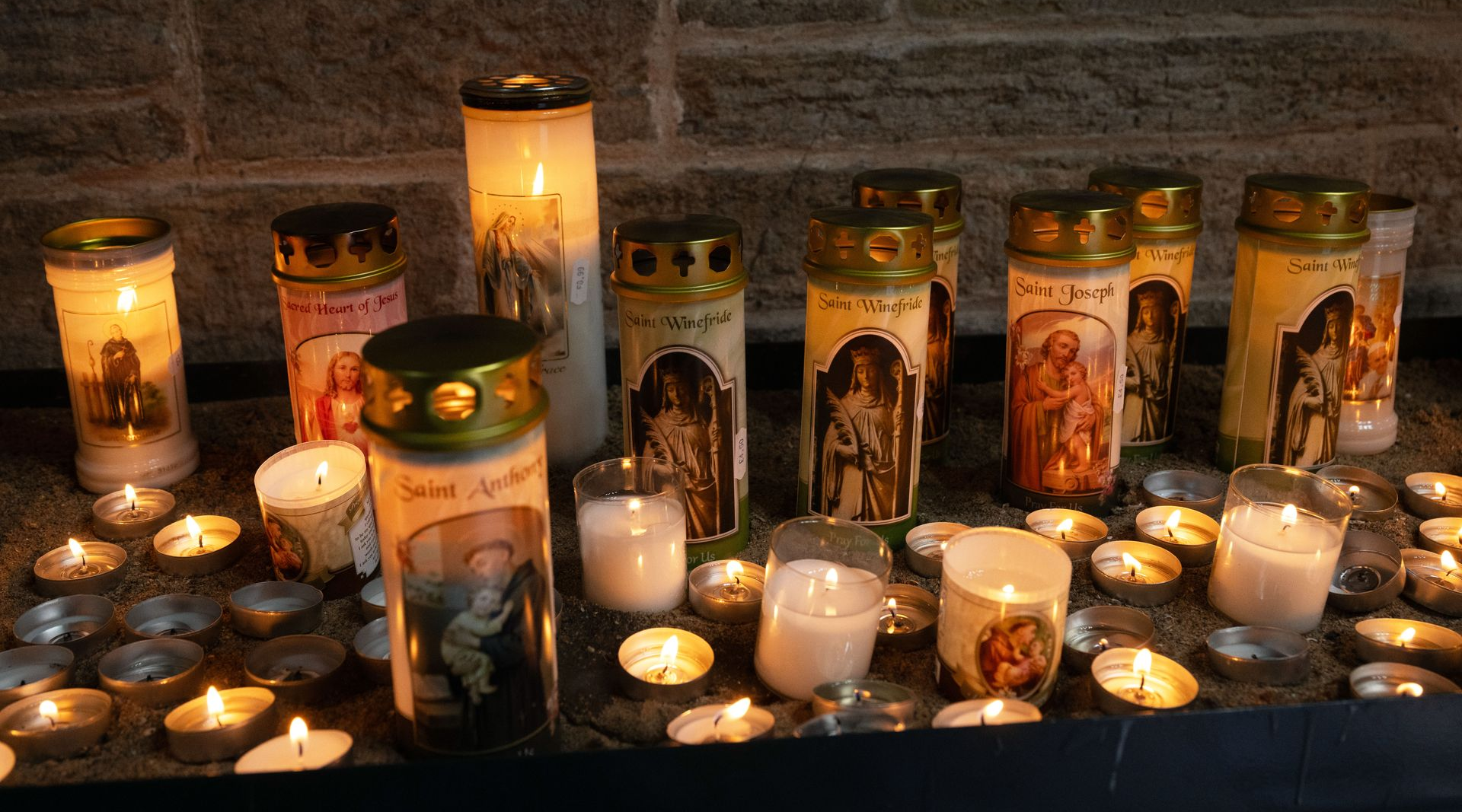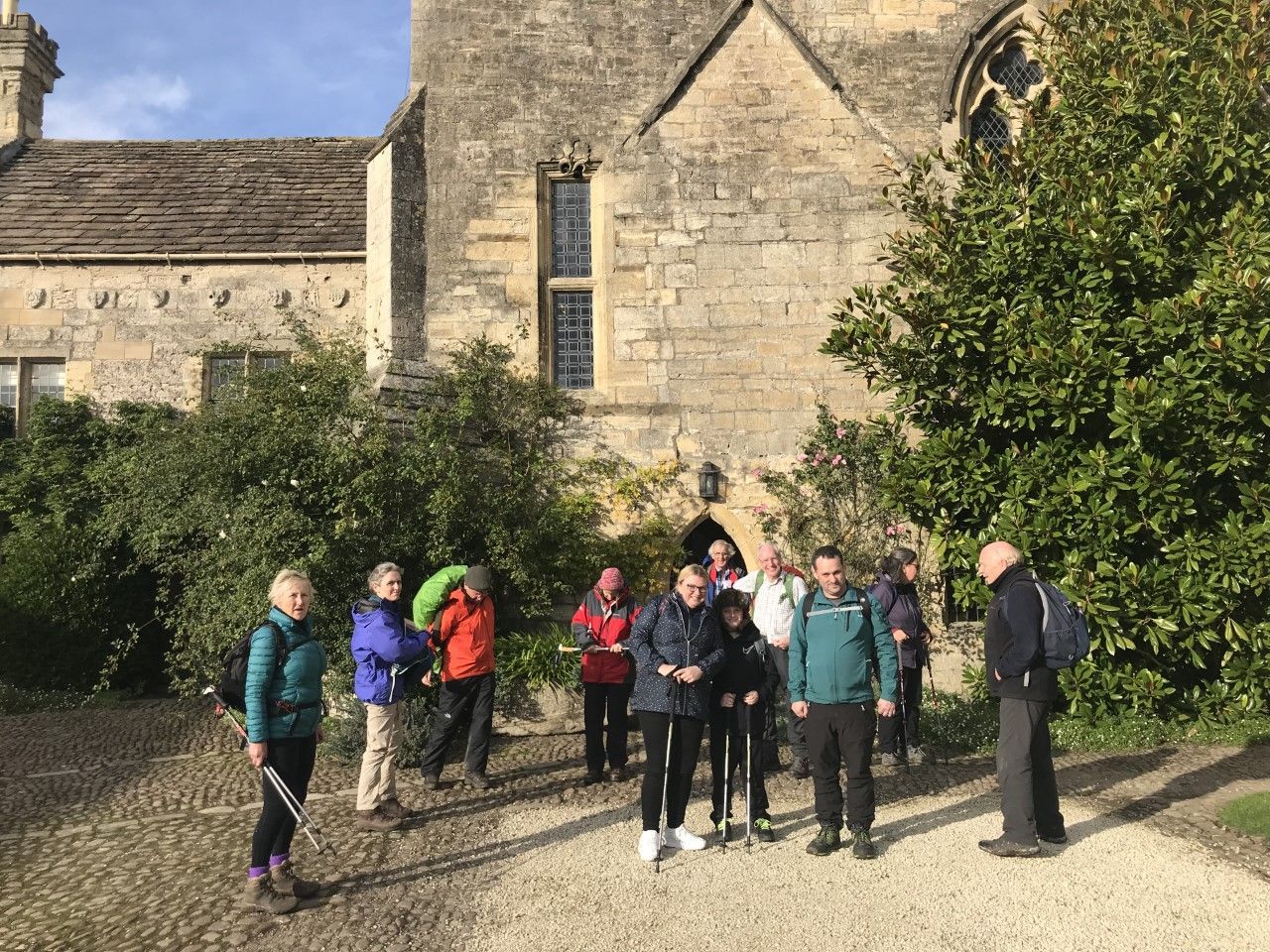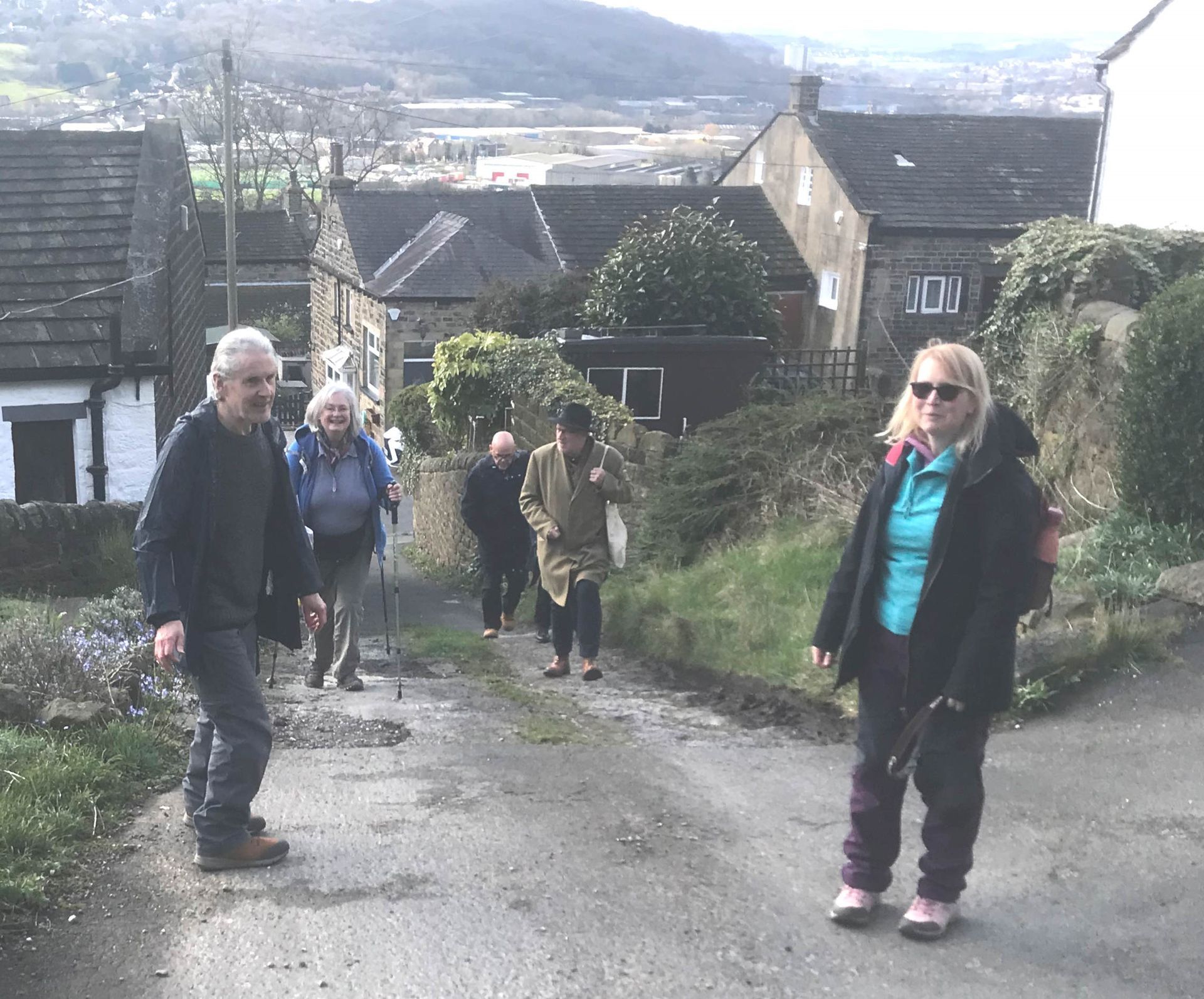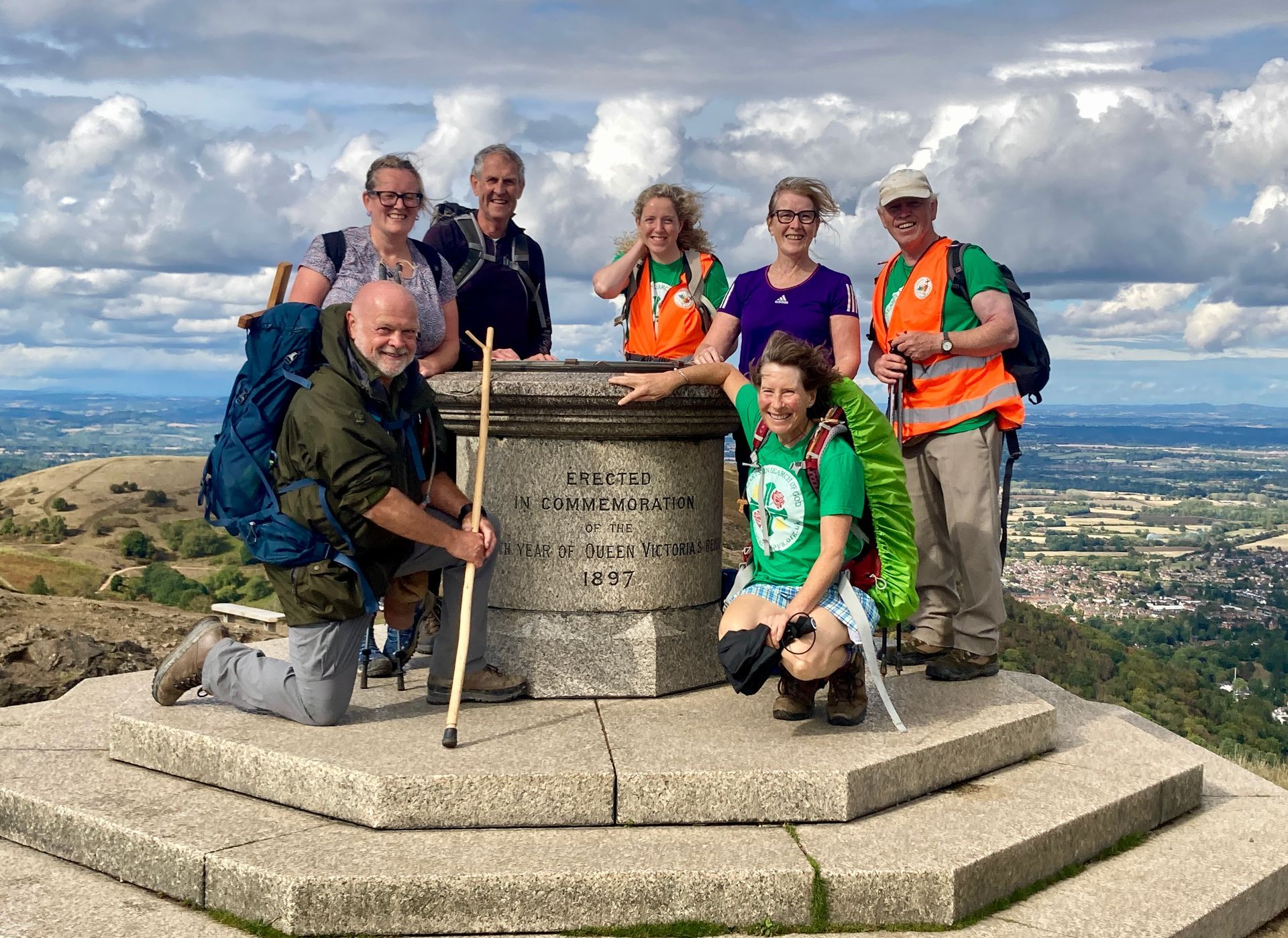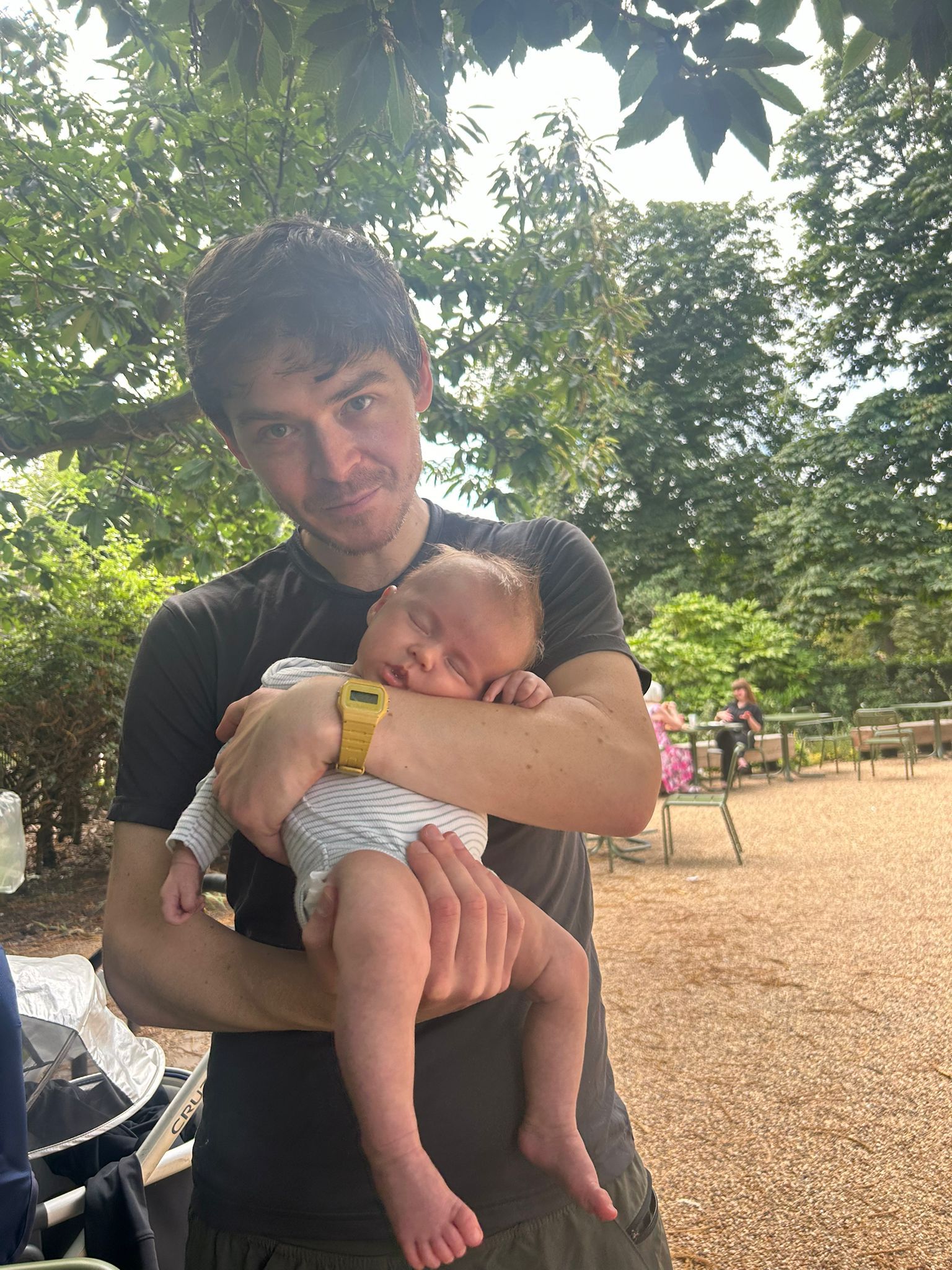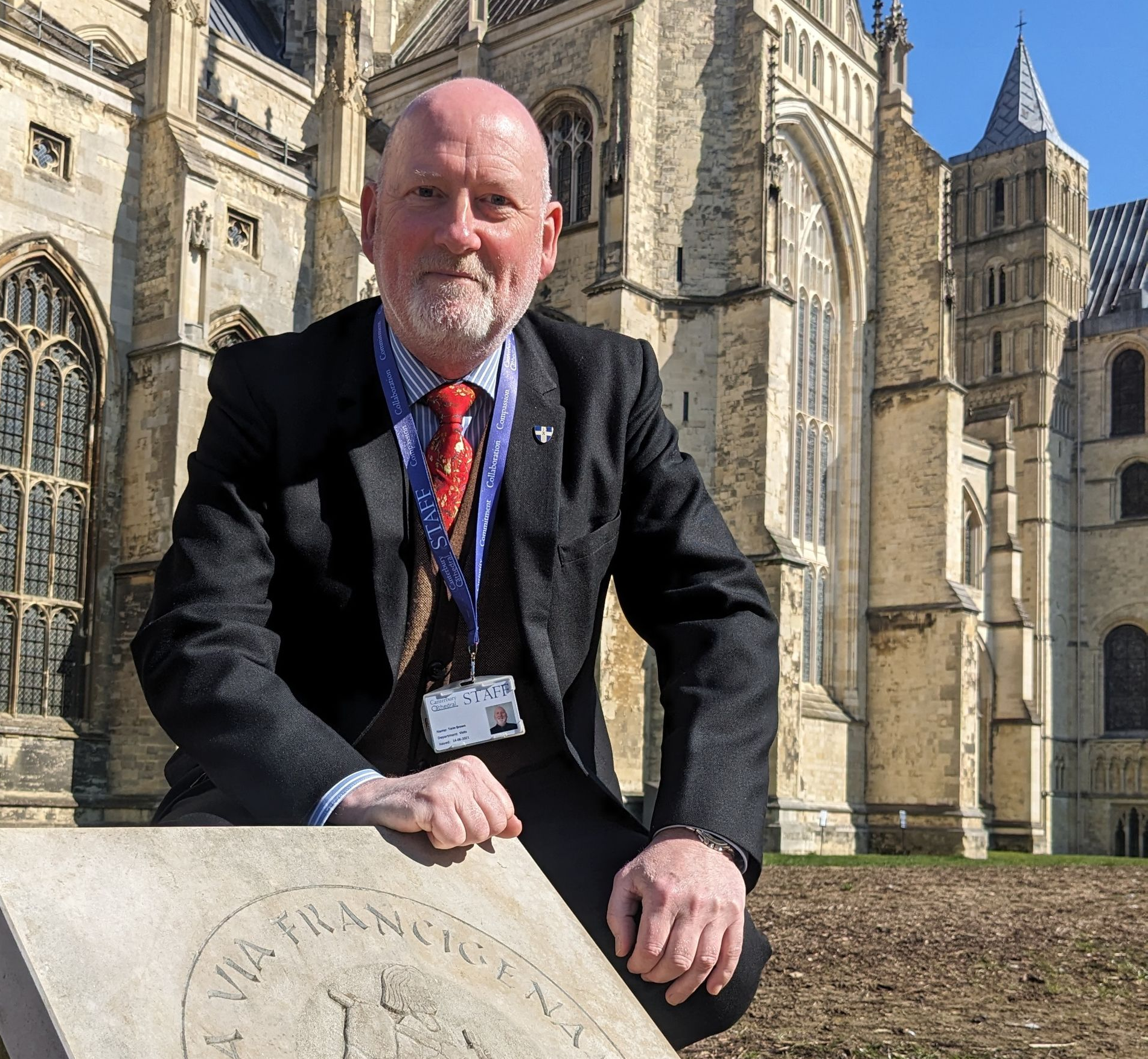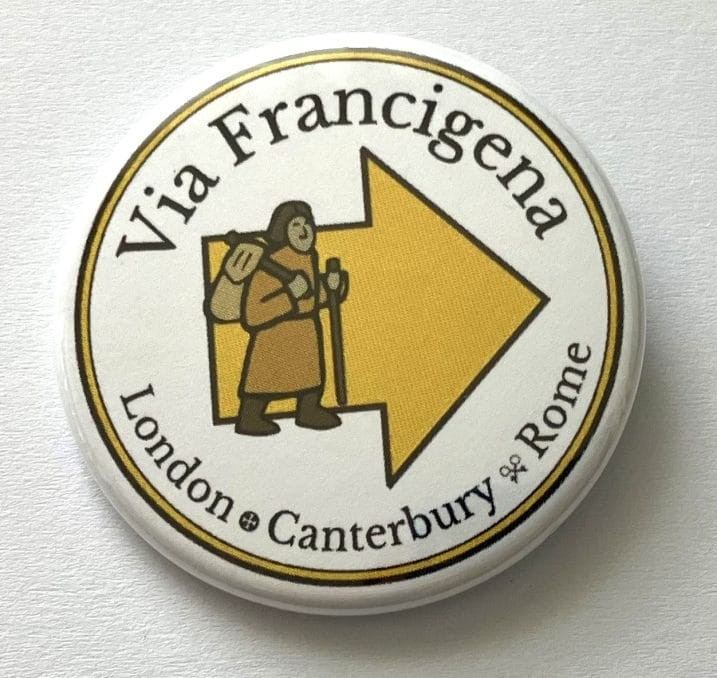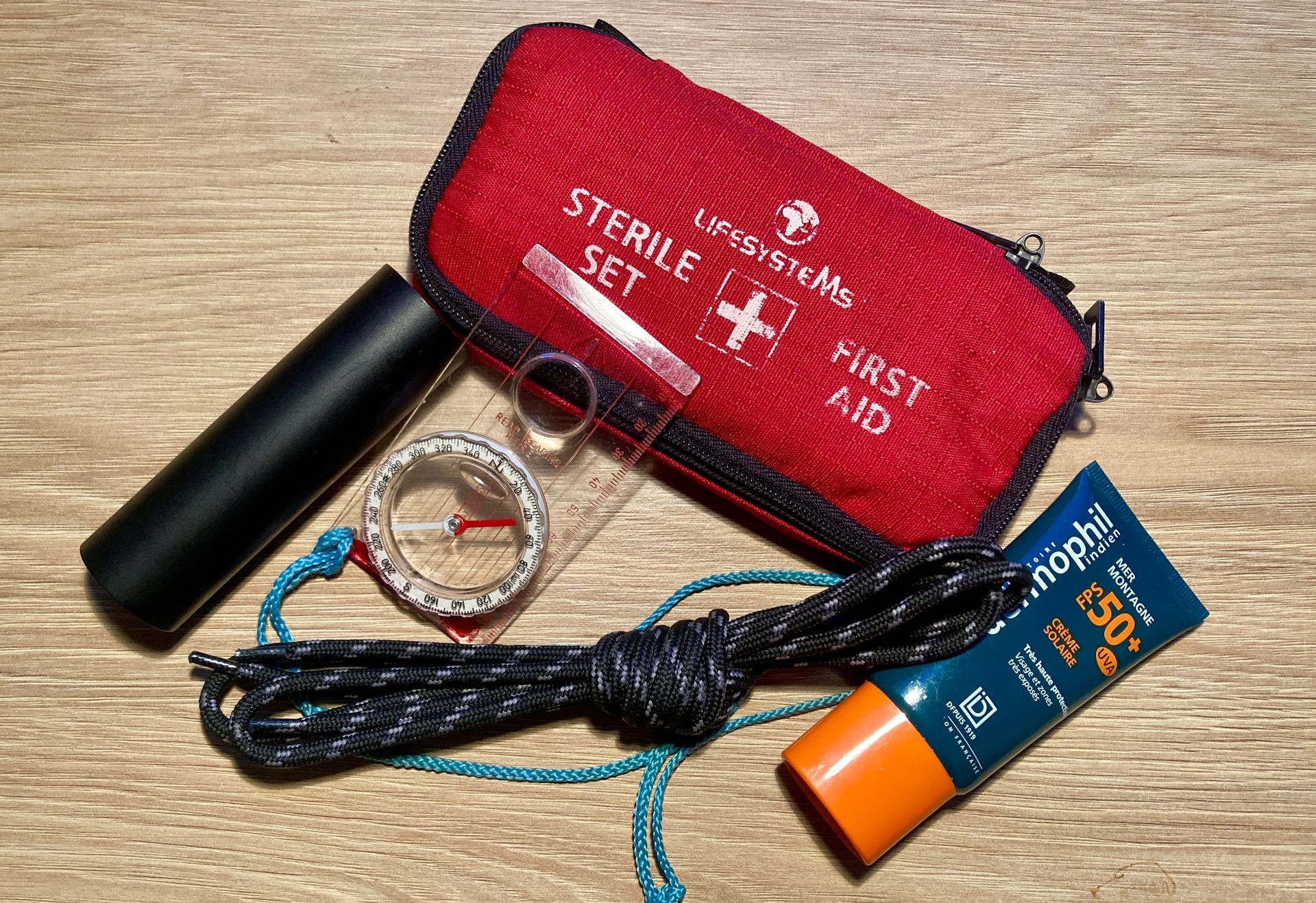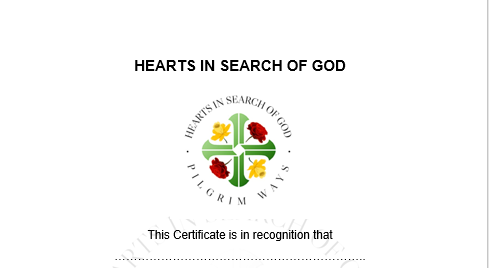Walking as Pilgrims of Hope in Father Brown’s Footsteps
The inaugural walking of the newest Diocesan Pilgrimage for Vocations 'In Father Brown's Footsteps' took place in the middle of Lent and in gloriously unseasonal weather! This year is the 120th anniversary of the first meeting between GK Chesterton (1874-1936) and the Diocese of Leeds priest who would become his inspiration for 'Father Brown', Fr John O'Connor (1870-1952).
It was as Curate at St Anne's Catholic Church in Keighley that Fr O'Connor attended a talk at a local gathering by the already famous author in March 1904. It was therefore fitting that our Pilgrimage began with Mass at St Anne's, celebrated by Parish Priest Mgr David Smith. The Mass was the regular 9am Saturday morning celebration, very well-attended by friendly and welcoming locals. Fr David preached a short but insightful homily very much in keeping with Chesterton's philosophy that the simple faith of those who are poor in spirit can often recognise and understand Our Lord Jesus Christ more readily than those who, like the rich and powerful Pharisees, are proud and think themselves clever.
Often called ‘The Apostle of Common-sense’, Gilbert Keith Chesterton championed the dignity of human life, the brotherhood of all mankind, the family, the poor and the oppressed. He did of course use the language of his time, and yet was also a man out of his time: cheerful and charitable to all yet quick to call out the corruption and injustice of an age beginning to turn away from many Christian virtues and values. His use of sharp satire, paradox, deliberately ‘controversialist’ style of wit and development of complex arguments across an entire essay or article has meant this great Catholic thinker, writer and broadcaster is not always understood, or is quoted out of context in our more literal age of social media spats and sound-bites. However, his Father Brown Stories, published between 1911 and 1935, have remained popular. Many of the acute yet compassionate ‘priest detective's’ adventures were based on Fr O’Connor’s stories of the criminality he had seen – and probably the criminal types he had shriven - as a young priest ministering in the midst of grinding poverty in Bradford’s slums. GK dedicated the published stories to O’Connor, ‘whose truth is stranger than fiction, with a gratitude greater than the world.’
At their March 1904 meeting, Chesterton and O'Connor had an instant rapport. They shared a love of the poor, an appreciation of art and literature, a delight in passionate, yet good-humoured debate, and the common-sense values that 'fallacies do not cease to be fallacies because they become fashions' - a message most apt for our own time! They soon realised they also had a good friend in common: Francis Steinthal, a Bradford-born, German Jewish textile merchant who lived in Ilkley and with whom Gilbert and his wife Frances were staying whilst in Yorkshire. The St Anne's clergy also served Ilkley at that time, and O'Connor became Chesterton's 'native guide' across the moor, following the Roman Road. Little did they know - or maybe they did - that for Chesterton these were his first steps along the road to Rome; when he eventually converted to Catholicism in 1922, it was O'Connor who received him into the Church.
With two people arranging to meet us at Myddelton Calvary, another two having had to drop out on the morning, and another having become locked out of her house the night before, we were a happy band of ten pilgrims walking the eight mile route. Leaving St Anne's after Mass and a short time of Adoration of the Blessed Sacrament, we prayed the Prayer for Priestly Vocations and with the first of several group photographs, we were on our way! Modern-day Keighley is less industrial, but more built-up. The route to join the road over Ilkley Moor involves pavement walking along the busy Bradford Road to cross the River Aire, finally beginning an ascent opposite the gates of East Riddlesden Hall.
Chesterton wrote that the 'rolling English drunkard made the rolling English road', but both Lenten abstinence and the licensing hours on Saturday 16 March did not permit of a sojourn in the 'Marquis of Granby'. The pilgrims pressed on across the swing bridge of the Leeds and Liverpool Canal and uphill to begin the 'scenic' section of the route. There was plenty of time to admire the view as first St Mary's Road and then the cobbled Unity Street rose up steeply, almost vertically, in front of us. Diocese of Leeds walking pilgrimages, including the two-day St Wilfrid's Way Camino between Leeds Cathedral and Ripon, follow the same philosophy espoused by the US Marine Corps: 'no-one gets left behind'. The fast walkers, including veterans of the Camino de Santiago, waited at the top of the road and a short rest stop was enjoyed by all, leaving Unity Street united and heading up Ilkley Road toward the Moor.
The benefits of walking pilgrimages include an undoubted ‘penitential’ element and have a low impact on the natural environment – but above all, they are opportunities to bear public witness to our Catholic faith in our conversations and evangelise by our actions. Upon reaching the gated road across the Moor, we encountered several other walkers out taking advantage of the good weather who saw and heard us praying the Angelus as, serendipitously, we found ourselves approaching the wayside stone known as Cowper’s Cross just before noon.
As Airedale gives way to Wharfedale on the long descent into Ilkley, we passed by what would have been Chesterton and O’Connor’s destination in the town’s leafy outskirts. The Steinthals’ house, St John’s, is on Queen’s Road. It was built in the Arts and Crafts Movement style by Norman Shaw, the renowned architect of the nearby St Margaret’s Anglican Church. St John’s has been flats since the 1950s, but now bears a blue plaque commemorating the Chestertons’ regular visits.
Although in his 1937 memoir Father Brown on Chesterton, the by then Monsignor John O’Connor did not specify what date in March 1904 the two had made their moorland walk, a detail he mentions may help to narrow down the day. The two arrived at St Johns to be greeted by Frances Chesterton with a shepherd’s pie for lunch, and as the whole of March 1904 was during Lent, throughout which Fr John would almost certainly have forgone meat, their walk is likely to have been on one of the Sundays, which are always Feast Days, even in the Lenten season. Being on a Saturday, our pilgrimage did not include such a feast, but the kettle was on when we were welcomed into Sacred Heart Church by Parish Priest Canon Tim Swinglehurst, and we enjoyed our simple Lenten packed lunches in warmth, comfort and camaraderie.
Fr Tim had just celebrated Mass for a group from St Mary’s Parish in Bradford, and as we arrived they were setting off for the same destination as our pilgrimage: to pray the Stations of the Cross at Myddelton Calvary, just a mile up the other side of the valley. When we arrived there, we found to our delight that the parish group had waited for us, so our two Pilgrimages became one as all twenty-one of us prayed the Stations together, remembering the Passion of Our Lord as the skies clouded and the first drops of light rain began to fall. In keeping with our diocesan journey towards sustainability, the pilgrimage had been planned to use Keighley and Ilkley’s rail links, with pilgrims from Harrogate, Huddersfield, Bingley, Birstall, Bradford and beyond travelling either partly or entirely by public transport. A landslide on the Ilkley line had resulted in less frequent trains and replacement buses, necessitating a hurried dash back down the hill to Ilkley Station, so although there was little time for long goodbyes, many of the new friends and old will meet up again in October to walk as much or as little of the much longer St Wilfrid’s Way Diocesan Camino as they are able.
It remains to be seen whether the pilgrims’ prayer and penance will bear fruit for the intentions of priestly vocations, but the Bishop, delighted to hear of this first Pilgrimage of Hope in this year of prayer and preparation for the Jubilee, has given his blessing for ‘Father Brown’s Footsteps’ to become an annual diocesan event.
In addition to being overt expressions of Catholic witness, today’s walking pilgrimages also present opportunities to be sponsored for a charitable cause (one of our number was walking for the charity Mary’s Meals), and to walk in silent prayer as well as to have discussions about our Faith. Whilst walking ‘In Father Brown’s Footsteps’, these happened naturally and unselfconsciously, if at times somewhat breathlessly! Conversations were partly prompted by pilgrims having read some of Chesterton’s huge output of essays on religious and social issues of his day (most of them equally applicable to our own time) or having watched the many film and TV adaptations of his Father Brown stories. Topics were as wide-ranging as sin, repentance, confession and forgiveness, the Latin Mass, parish volunteering, Catholic Social Teaching, the friendly care and support for our priests, and the honour given to Our Blessed Lady (although it’s no joke trying to explain hyperdulia whilst hyperventilating on a steep ascent!)
In discussing this Lenten pilgrimage’s intention for priestly vocations, perhaps it is Chesterton’s ideal priest, Father Brown, based on the real priest, Father O’Connor, who should have the last word on a priest’s unique and currently counter-cultural calling in the midst of today’s fashions and fallacies: to bring people into the Real Presence of Christ, and dispense the balm of His saving hope and healing to all – even to the worst of us sinners…
‘…it seems to me that you only pardon the sins that you don't really think sinful. You only forgive criminals when they commit what you don't regard as crimes, but rather as conventions. So you tolerate a conventional duel, just as you tolerate a conventional divorce. You forgive because there isn't anything to be forgiven … We have to touch such men, not with a bargepole, but with a benediction. We have to say the word that will save them from hell. We alone are left to deliver them from despair when your human charity deserts them. Go on your own primrose path pardoning all your favourite vices and being generous to your fashionable crimes; and leave us in the darkness, vampires of the night, to console those who really need consolation; who do things really indefensible, things that neither the world nor they themselves can defend; and none but a priest will pardon. Leave us with the men who commit the mean and revolting and real crimes; mean as St Peter when the cock crew, and yet the dawn came.’
From ‘The Chief Mourner of Marne’, The Secret of Father Brown, GK Chesterton, 1925
For more information on the new Diocesan Pilgrimage 'In Father Brown's Footsteps' for Vocations in the Diocese of Leeds,
please contact communications@dioceseofleeds.org.uk. Next year's date will be Saturday 29 March 2025.
2024 is the Year of Prayer and Preparation for the 2025 Jubilee Year which the Holy Father has given the theme 'Pilgrims of Hope'.
For information about all Diocese of Leeds pilgrimages, please visit the Pilgrimages Page of the Diocese of Leeds website.
The 2024 St Wilfrid's Way Camino will be walked on Friday 11 and Saturday 12 October (the latter being St Wilfrid's Feast Day)
and St Wilfrid's Way will celebrate its 10th Anniversary in the Jubilee Year!
